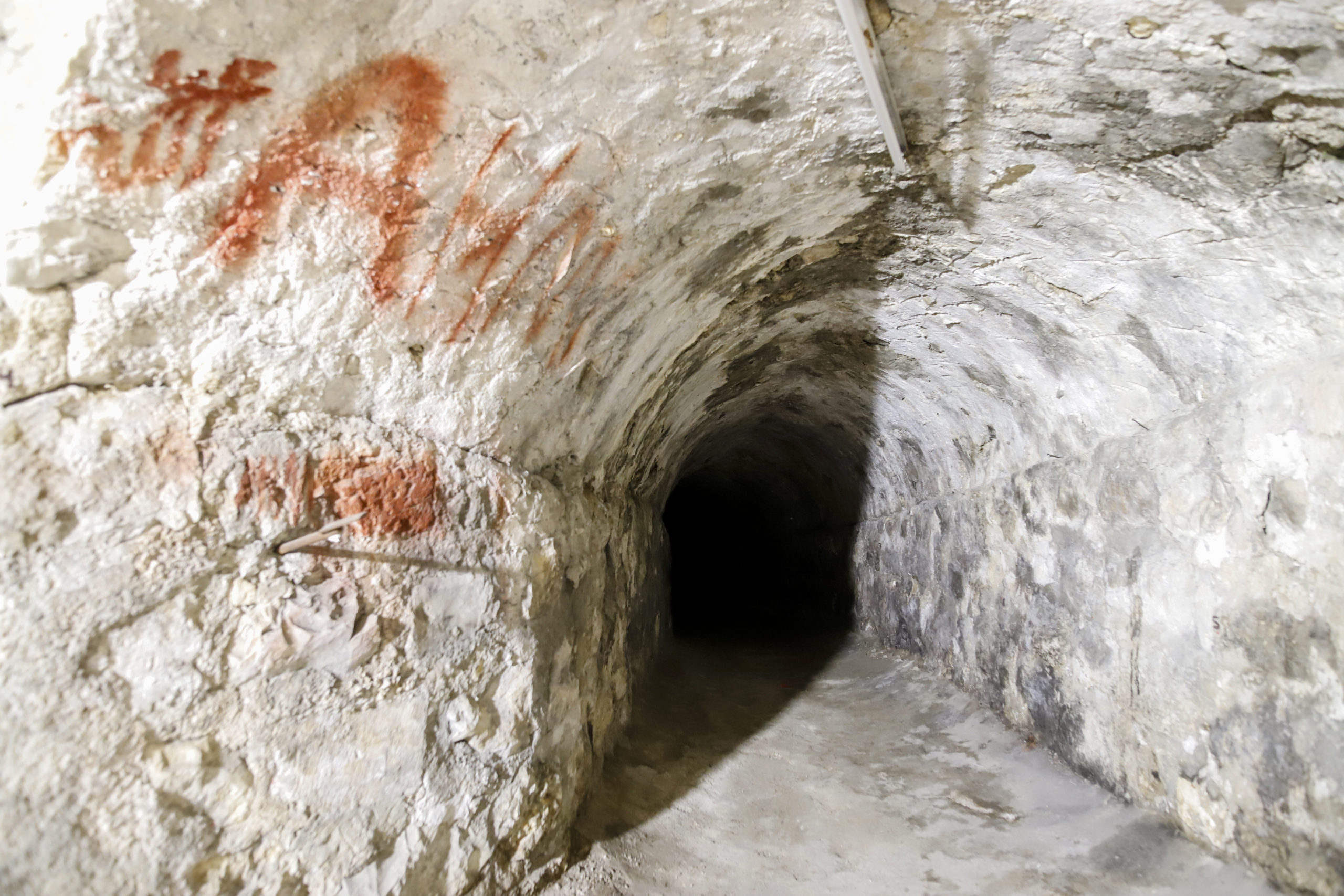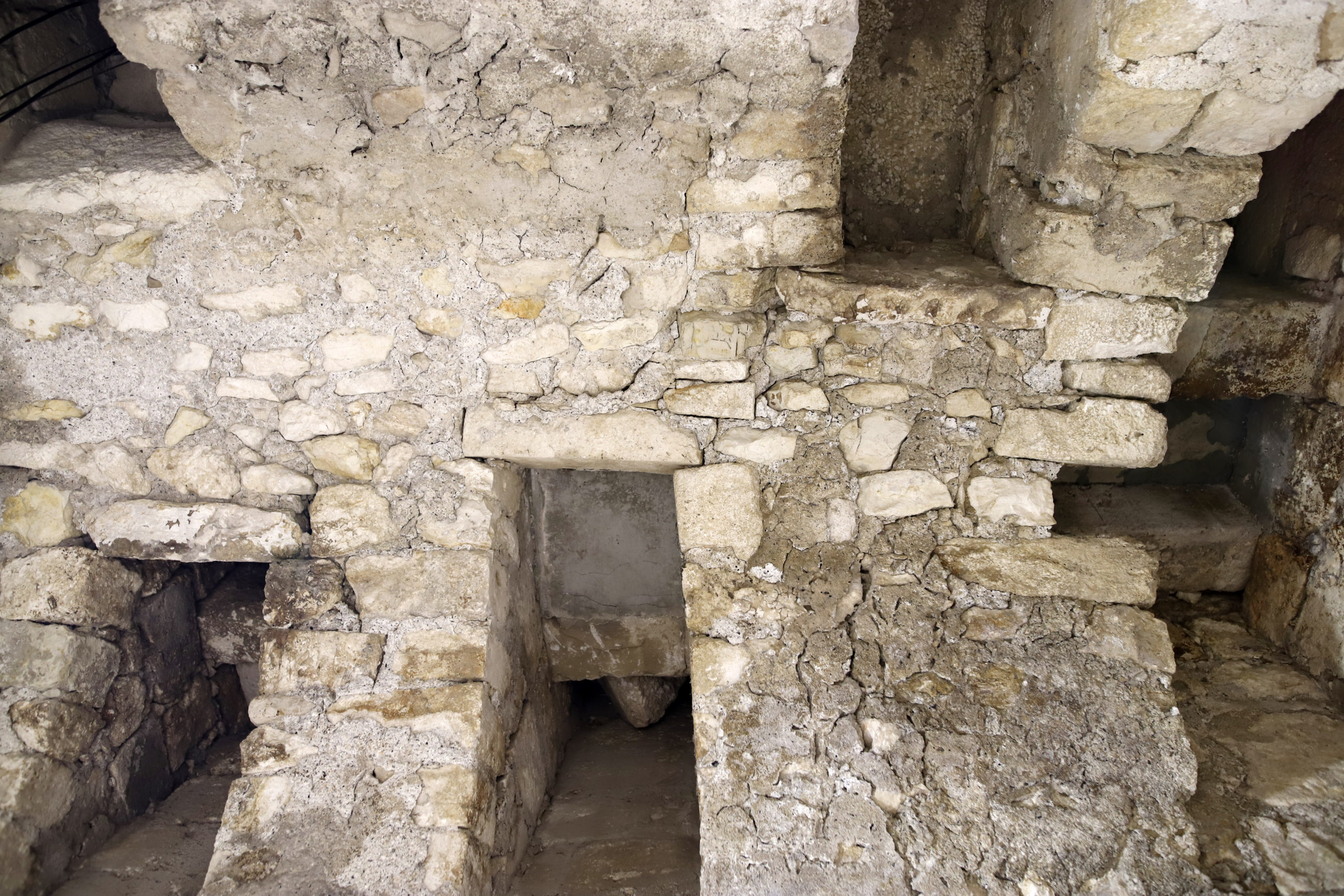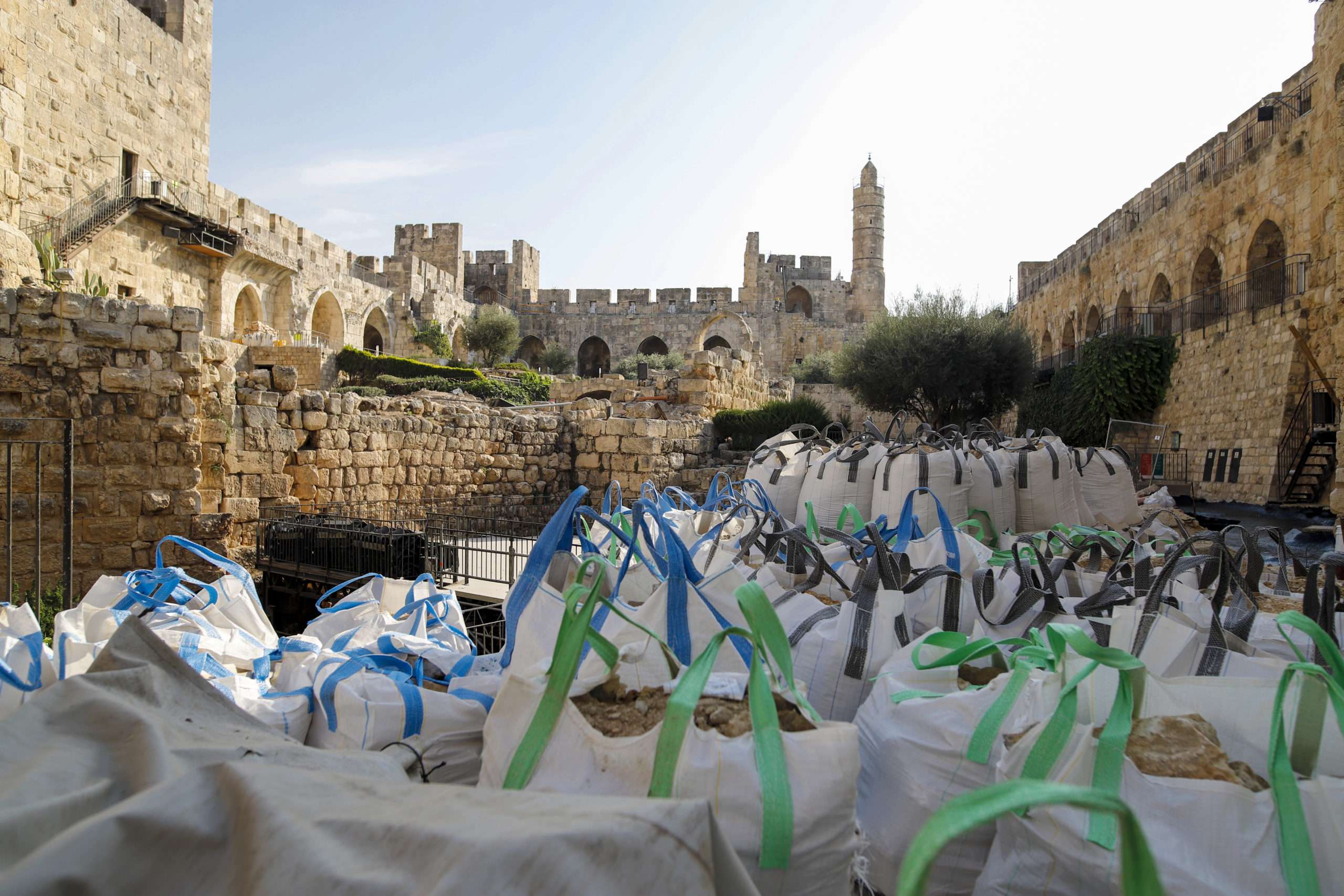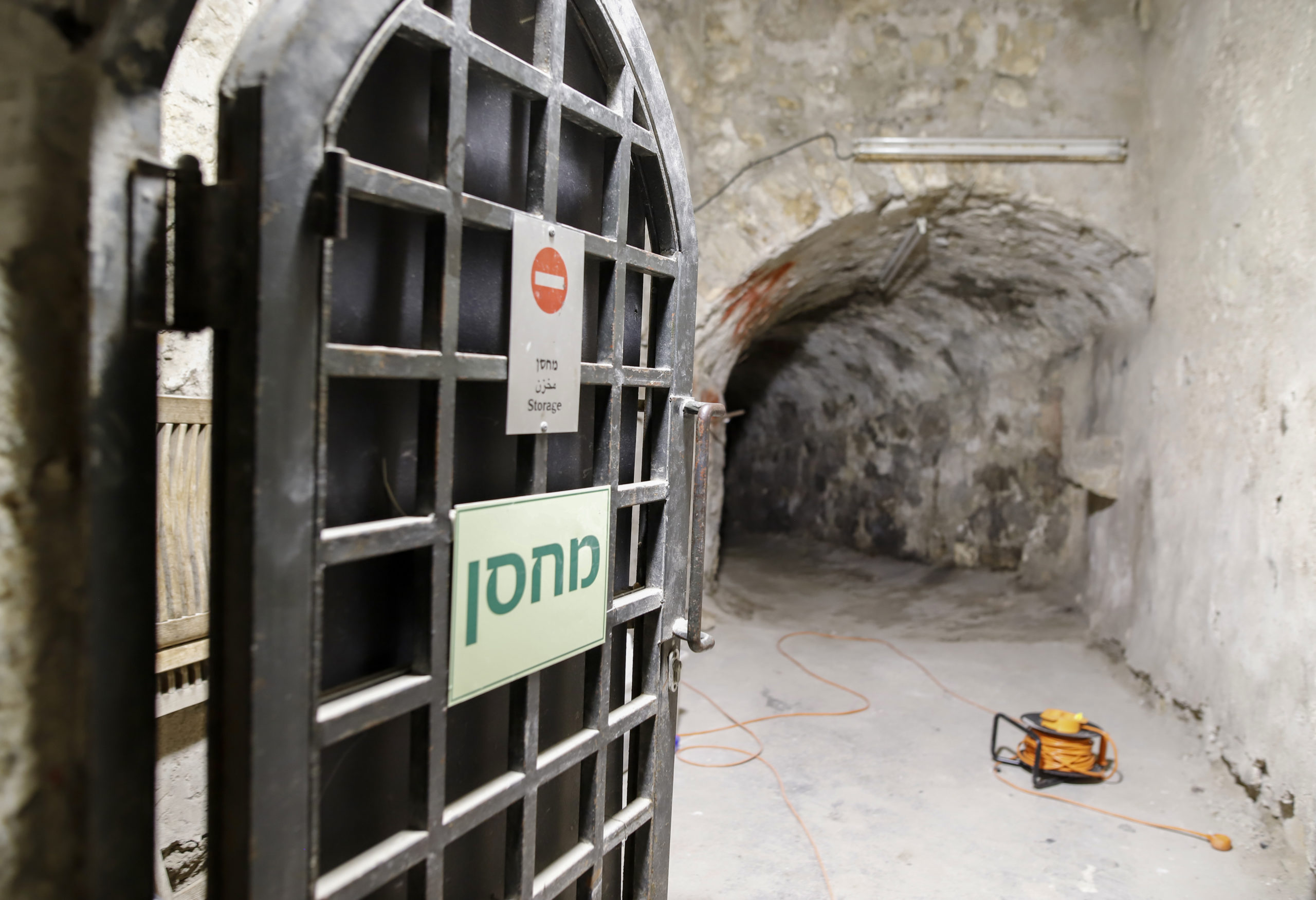Archaeologists make exciting find during massive $40 million restoration at Tower at David
Archaeologists have uncovered a mysterious tunnel hidden beneath the walls of Jerusalem’s Old City at the Tower of David Museum that may have been used by Crusader knights to escape during battle.
It is the first time in decades that archaeologists are conducting extensive excavations at the museum, which is currently undergoing a massive $40 million facelift.
(Click here [1] to see a video report.)
Located near the entrance to the Old City in Jerusalem, the Tower of David is an ancient citadel whose roots go all the way back to the time of the Hasmonean Jewish dynasty over 2,000 years ago. Over the centuries, successive layers of fortifications were added on top of the earlier foundations by various conquerors, including the early Muslims, Crusaders, Mamluks and Ottomans.
Amit Re’em, Jerusalem district archaeologist at the Israel Antiquities Authority, is leading a team of archaeologists at the site.
While current digs are still in their early phases, archaeologists have already made some exciting discoveries and are mainly focusing their efforts on uncovering the secrets of the structure’s medieval past.

A view of the mysterious tunnel found underneath the Tower of David Museum. (Ricky Rachman)
“What you see today is mainly a medieval creation. We have the chance to re-examine the great work of our predecessors and to emphasize deciphering the medieval citadel,” Re’em explained as he led The Media Line below ground to a newly unearthed area located behind an inconspicuous door.
The door, Re’em noted, was locked from the 1980s onwards and was previously used as a museum storeroom.
“We excavated a little bit and we found an amazing thing,” he said, pointing to a mysterious tunnel inside the room that apparently leads out of the Old City and into the adjacent Valley of Hinnom, which happens to be the source of the term Gehenna.
What I’m always imagining as I’m here is this sewage system was used also as a refuge tunnel or an escape tunnel. You could just imagine the knights in the Citadel in times of trouble, running away inside the tunnel [to the] outside
Found beneath an ancient cesspit believed to date back to the Crusader Era, the tunnel has not yet been entirely excavated and archaeologists are not sure exactly who built it and why. At a certain point – near 100 feet inward – the cement foundations of a modern house have blocked it off and so researchers have been unable to explore it any further.

Roof of the ancient latrine discovered in what is believed to be a crusader tunnel. (Ricky Rachman)
“What I’m always imagining as I’m here is this sewage system was used also as a refuge tunnel or an escape tunnel,” Re’em speculated. “You could just imagine the knights in the Citadel in times of trouble, running away inside the tunnel [to the] outside.”
According to Re’em, the earliest excavations of the museum took place in the 1930s and were led by British archaeologist Cedric Norman Johns. Johns’ expedition uncovered fortifications from the Hasmoneans (second century BCE), as well as the walls of Herod the Great’s royal palaces, in addition to remains from the Byzantine and Muslim periods of Jerusalem.
Following the 1967 Arab-Israeli War, several Israeli archaeologists continued to dig around the courtyard of the citadel, searching for remnants from the First Temple Period and onwards. However, the medieval era of the structure remained largely unexplored.
Although tourists have yet to return to Jerusalem, the COVID-19 pandemic has provided the Tower of David Museum with the chance to launch a massive restoration project.

A view of the massive restoration and conservation project taking place at the Tower of David. (Ricky Rachman)
The initiative – funded by the Clore Israel Foundation together with the Jerusalem Municipality, Ministry of Jerusalem and Heritage and Ministry of Tourism – is expected to be completed in the next two years.
“Most of the project is [focused on] the new museum,” Eilat Lieber, director and chief curator of the Tower of David Museum, told The Media Line during a recent tour of the site.
“As you know, the Tower of David is the only museum in the world that tells the full story of Jerusalem: 4,000 years of history,” she said. “We are going to have seven new galleries telling this story.”
Alongside the new exhibition galleries, the museum is constructing a state-of-the-art visitor center at what will eventually be the new entrance, adding elevators and making the site more accessible to visitors overall.

The tunnel was found after a storage room was cleared. (Ricky Rachman)
Restoring an ancient fortress, which is made up of so many complex layers of history, is no easy feat. All of the rooms had to be completely emptied, their exhibitions taken down and their floors torn up. Moreover, conservators are renovating the old walls, one stone at a time.
“It’s almost impossible to have any tractors or anything really moving materials inside,” conservation manager Yotam Carmel told The Media Line. “So it’s all manual. It is a complicated site to deal with.”
But for the Tower of David Museum, which drew over half a million visitors in 2019 and which had hoped to shatter visitor records this year before the pandemic hit, the massive project is all worth it in the end.
“We are storytellers,” Lieber affirmed. “We want to engage the visitor with the story of Jerusalem because it’s a fascinating city, so important for so many people from all over the world.”